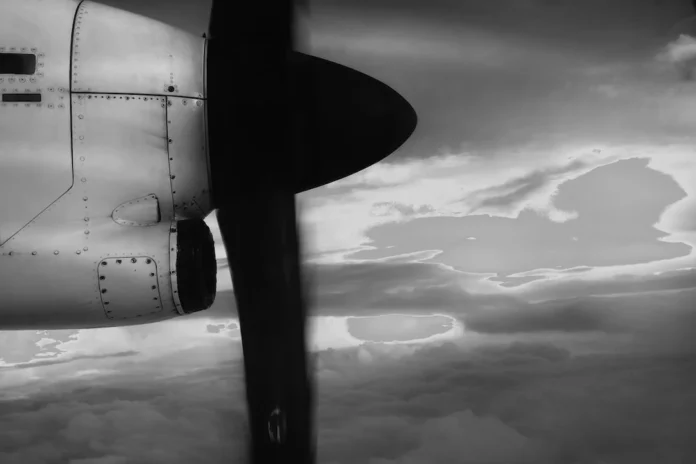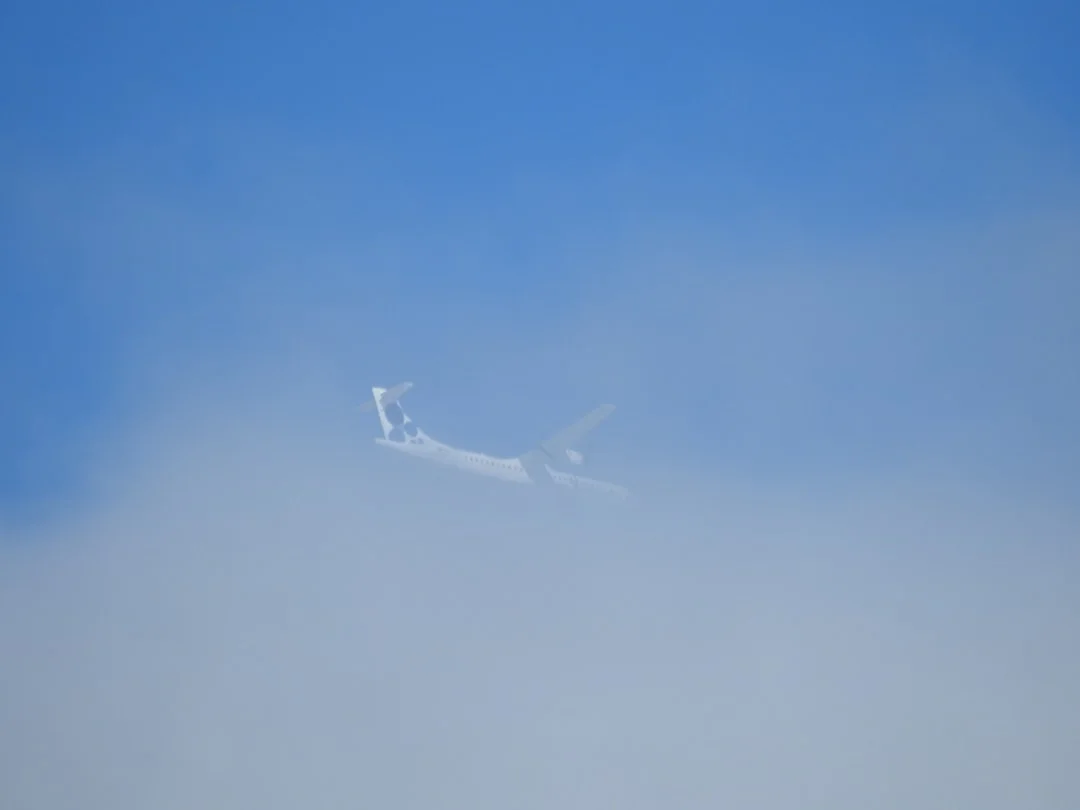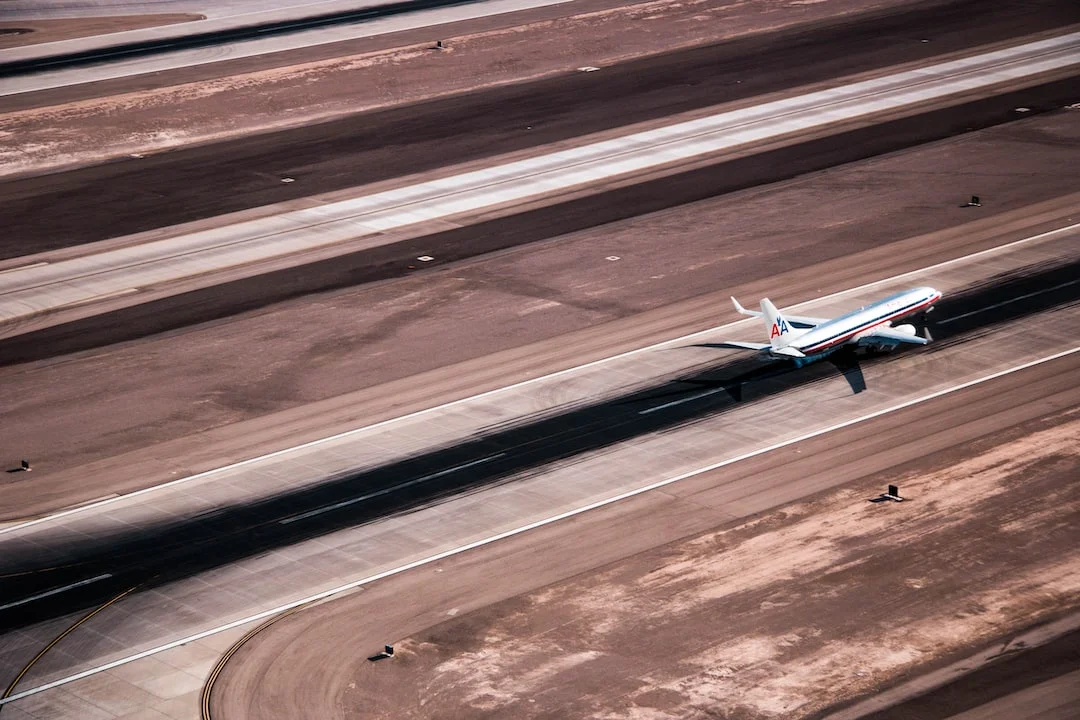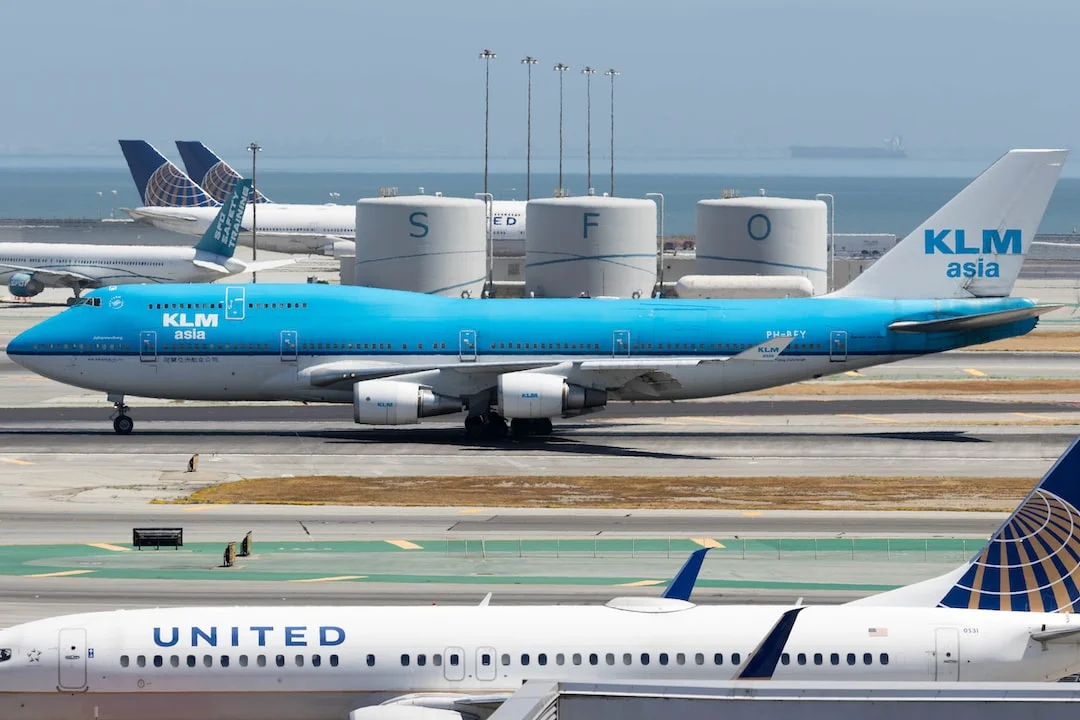Feet per Minute (FT/MN) is a unit of measurement used to express the rate of climb or descent of an aircraft. In the context of the Airbus A320, Feet per Minute refers to the vertical speed at which the aircraft is ascending or descending. It is a crucial parameter for pilots to monitor during flight as it helps them maintain safe and efficient operations.
The Airbus A320 is a popular narrow-body commercial aircraft widely used by airlines around the world. Understanding the concept of Feet per Minute is essential for both pilots and aviation enthusiasts to grasp the dynamics of the aircraft’s vertical movement. Let’s delve deeper into the significance of Feet per Minute on the Airbus A320, its calculation, and its effects on flight operations.
Contents
Calculation and Monitoring of Feet per Minute on Airbus A320
Feet per Minute is measured and calculated using a variety of flight instruments and systems on the Airbus A320. The primary instrument for monitoring vertical speed is the Vertical Speed Indicator (VSI) located on the aircraft’s instrument panel.
The VSI provides a visual representation of the aircraft’s rate of climb or descent in units of Feet per Minute. It consists of a pressure-sensitive diaphragm connected to an aneroid capsule, which is in turn connected to a mechanical linkage that indicates the vertical speed on the instrument’s display.
Another system that aids in the calculation and monitoring of Feet per Minute on the Airbus A320 is the Flight Management System (FMS). The FMS is a sophisticated computer-based navigational tool that assists pilots in managing various aspects of the flight, including vertical navigation.
The FMS utilizes inputs from multiple sensors, such as the aircraft’s inertial reference system, air data computers, and altimeters to calculate the aircraft’s vertical speed. This information is then displayed to the pilots on the Flight Management Display (FMD), which shows the desired Feet per Minute rate for a given phase of flight.
Pilots continuously monitor the Feet per Minute value during ascent and descent to ensure a smooth and controlled transition between altitudes. The target Feet per Minute values are determined based on factors such as aircraft weight, weather conditions, air traffic control restrictions, and other operational considerations.
It’s worth noting that the Feet per Minute value can be positive or negative, indicating the direction of the aircraft’s movement. A positive value indicates an upward movement or climb, while a negative value signifies a downward movement or descent. In normal operations, pilots strive to maintain a smooth and consistent rate of ascent or descent to enhance passenger comfort and minimize aircraft stress.
The Effects of Feet per Minute on Flight Operations
The Feet per Minute rate plays a crucial role in various aspects of flight operations on the Airbus A320. Let’s explore some of its notable effects:
Climb Performance
During the climb phase of a flight, the aircraft’s ascent rate, measured in Feet per Minute, directly affects its climb performance. A higher Feet per Minute rate results in a faster climb, allowing the aircraft to reach its desired cruising altitude more quickly.
Efficient climb performance is vital to optimize fuel consumption and reduce flight duration. Airlines strive to minimize the time taken to climb, as it directly impacts operating costs and overall flight efficiency. By carefully managing the Feet per Minute rate, pilots can maintain an optimal balance between climb speed and fuel efficiency.
Descent Planning
During the descent phase of a flight, the Feet per Minute rate determines the rate at which the aircraft descends towards its destination airport. Pilots use various techniques to plan and execute descent profiles to ensure a safe and efficient arrival.
By adjusting the Feet per Minute rate, pilots can control the descent trajectory to meet specific altitude restrictions, air traffic control clearances, and noise abatement procedures. They also consider weather conditions, such as turbulence, wind speed and direction, to determine an appropriate descent rate that maintains stability and passenger comfort.
Approach and Landing
During the approach and landing phase, the Feet per Minute rate is crucial for a safe and smooth touchdown. Pilots aim to establish a stable descent rate that allows for precise control of the aircraft’s position and speed during the final approach.
The Feet per Minute rate influences the glide slope, which is the vertical path the aircraft follows during the approach phase. By tracking and adjusting the vertical speed, pilots can maintain the desired glide slope angle and ensure a stable approach, reducing the risk of a hard landing or overshooting the runway.
Establishing a consistent and appropriate Feet per Minute rate during approach also ensures that the aircraft remains on a stabilized descent path, providing a safe and smooth experience for passengers and crew.
Conclusion
Feet per Minute (FT/MN) is a vital measurement for understanding the rate of climb and descent on the Airbus A320. Pilots rely on this parameter to maintain safe and efficient flight operations throughout different phases of flight. By carefully monitoring and adjusting the Feet per Minute rate, pilots can optimize climb performance, plan descents, and execute precise approaches and landings.
The understanding of Feet per Minute is essential for aspiring pilots and aviation enthusiasts as it provides insights into the dynamics and control of the Airbus A320. By mastering this concept, individuals can deepen their knowledge of aviation and appreciate the complexities involved in operating commercial aircraft.
For More: What is FCDC on Airbus A320? (Flight Control Data Concentrator)




